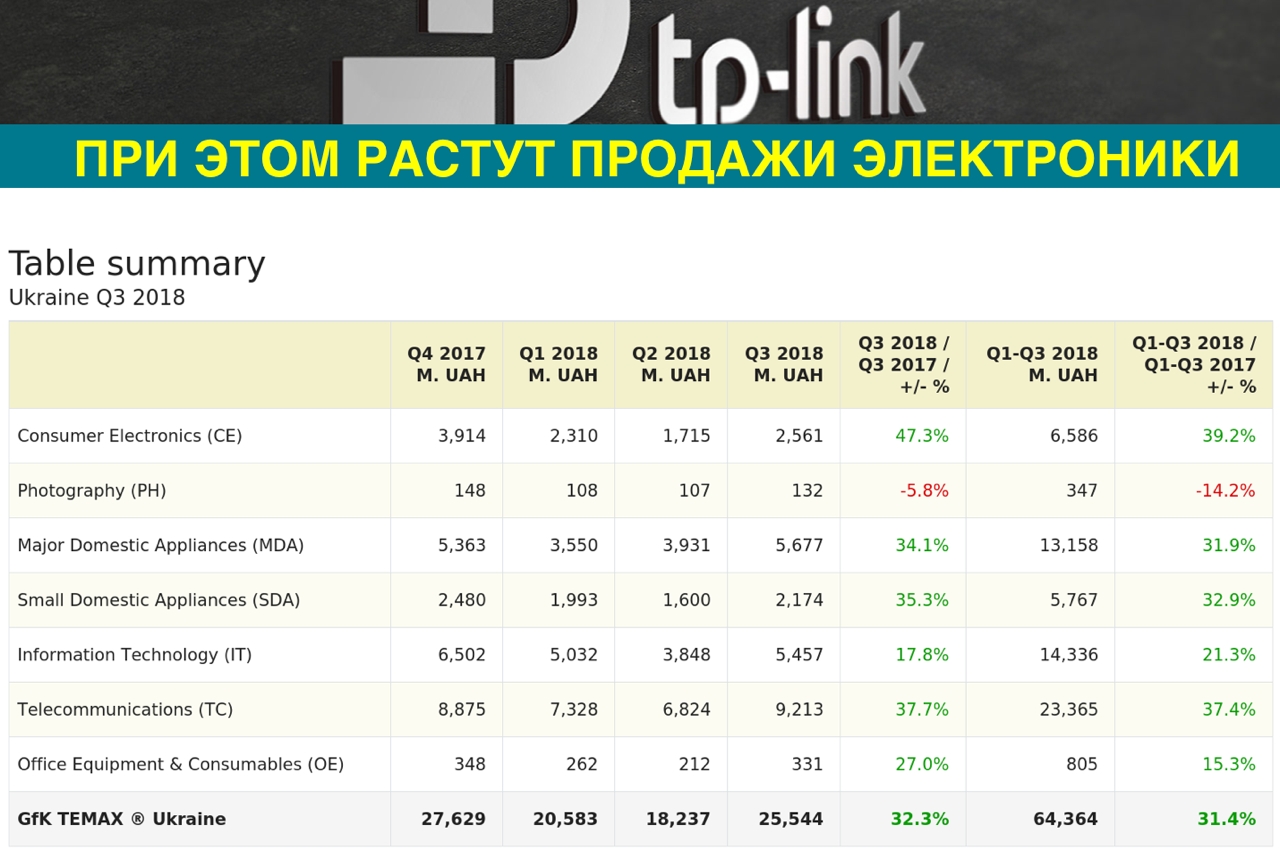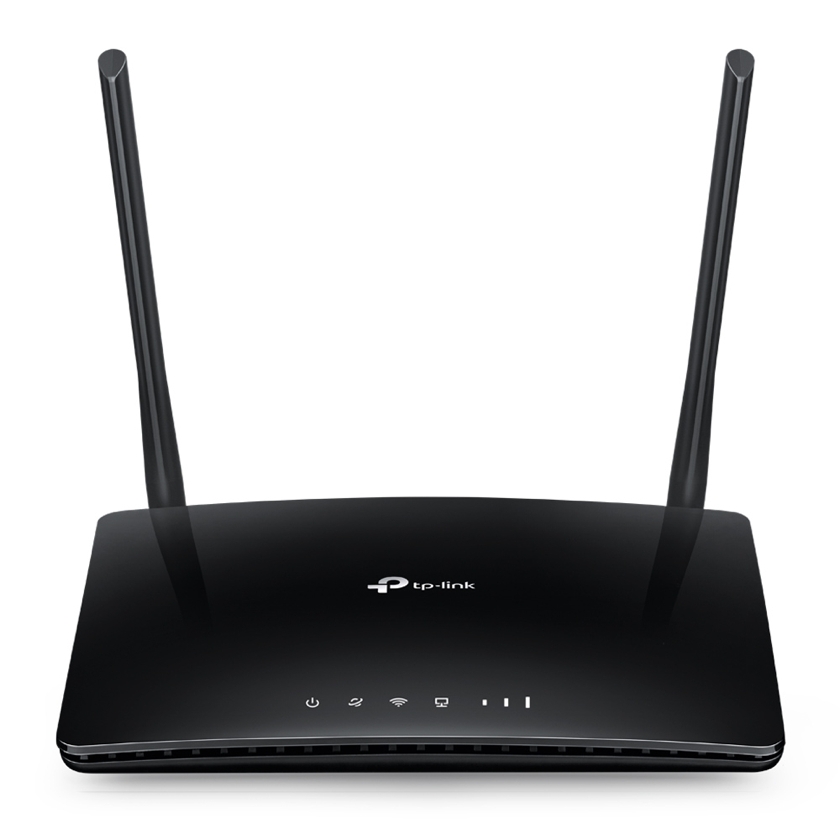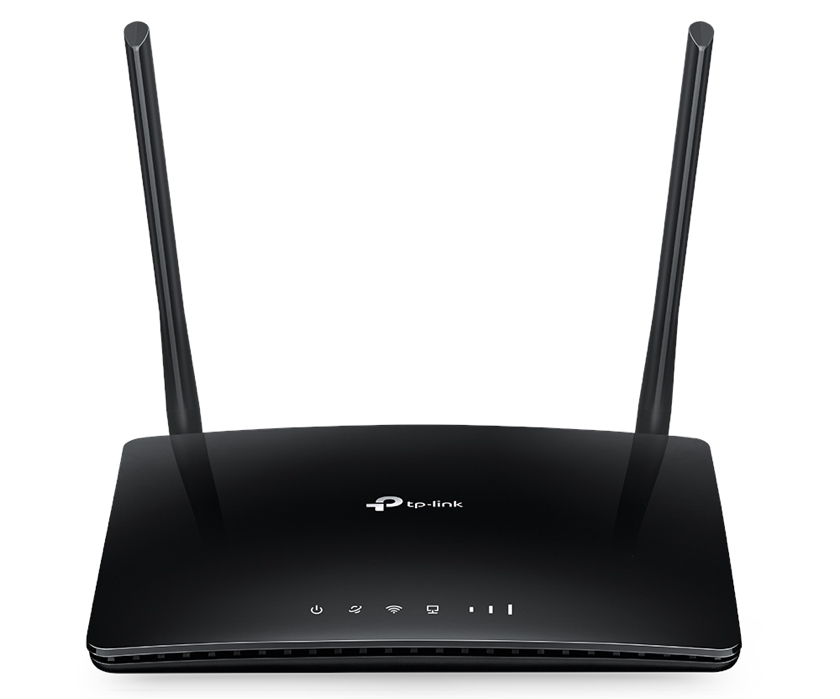Why we all love TP-Link presentations is because, being the market leader (it now belongs to
In 2019, TP-Link notes an increase in the share of routers withsupport for AC1200 - their share is already approaching 10% and in 2018 sales reached 107 thousand units against 52 thousand in 2017. Sales of Neffos smartphones are also doing well, whose share in the company’s revenue has already reached 25% in money terms, and, according to Sales Director Yuri Polishchuk, will be able to overtake the sales of routers in 2 years. Smart home technology accounts for 2% of the company’s sales on the Ukrainian market and, after a small surge, maintains a stable level.
What influences the development of the market of routers (and the Internet)
According to the results of sociological research(hereinafter data from the Factum Group are used) almost half of Internet users consider their income to be below average (the share of people with this point of view of the entire population of the country is a frightening 60%) and has almost doubled since 2013. 42% of Internet users consider their income to be average, while 11% consider their income to be high.

</ img>
The situation is influenced by negative demographictrend - Ukraine is losing 420 people a day, and 11% of the active part of the population are permanently working abroad (although there is data from the National Bank of Ukraine that this creates an additional influx of money into the country - editor's note).

</ img>
Internet penetration (share of usersInternet to the country's population) has remained at the same level for several years. Ukrtelecom says that 8.3 million Ukrainians in 22,000 villages live in a situation of digital inequality.

</ img>
Paradox, but, despite the feelings of the Ukrainians,Electronics sales have been seriously growing (GfK Ukraine data) since 2016, setting new records. In fairness, it should be said that in dollar terms, the level of sales in the 4th quarter of 2018 approached the dollar equivalent of the 4th quarter of 2013 (but in 2013, statistics were kept taking into account the Crimea and ORDLO, so there is still growth even taking into account these factors) .

</ img>
The decline in sales is naturally observed only incamera segment. Pay attention to the increase in sales for the year - in almost all segments it is at the level of 30-40%, which is typical only for intensively growing markets.

</ img>
Internet consumption patterns are also changingby users. Already 73% of Internet users in Ukraine use mobile devices, and 32% use only mobile devices: smartphones and tablets. At the same time, the share of smartphones is constantly growing, while the share of computers and tablets is decreasing. From which we can draw a logical conclusion: for a third of users, a smartphone replaces a computer, allowing them to solve all the tasks inherent in computers.

</ img>
New TP-Link 2019
In 2019, TP-Link enters the Ukrainian marketseveral models of routers and mesh systems. This is a budget model of the TL-WR820N router, priced at only 399 hryvnia and supporting 300 megabit/s, two models of 4G routers (they are positioned as solutions for a summer house or country house): Archer MR200 and Archer MR400, as well as two Mesh systems for organizing seamless roaming in large houses and apartments where there is not enough Wi-Fi coverage from one router: Deco P7 and Deco M4 models. A little more about the new products below.
Wi-Fi router TL-WR820N

</ img>
The company openly says that it does notearns money in the budget segment, but is forced to supply such routers because they are in demand among buyers due to their low price. The cost of this router is 399 hryvnia, and it supports a connection of 300 megabit/s (TP-Link completely abandoned 100 megabit models a couple of years ago). At the same time, the router is compatible with the IPv6 protocol, supports parental controls, uses data encryption and has a built-in firewall.
TP-Link Archer MR200

</ img>
The Archer MR200 dual-band 4G router usestwo 4G antennas (it has internal Wi-Fi antennas) is very easy to set up - just install a 4G SIM card in it to start distributing the Internet in the house. It allows you to deploy two Wi-Fi networks: one with speeds of up to 300 Mbps on 2.4 GHz and the second on 5 GHz with speeds of 433 Mbps. There is a LAN/WAN connection option. The new item costs 2,999 hryvnia.
TP-Link Archer MR400

</ img>
4G router Archer MR400 is an improvedversion of the previous model, and differs from it in a higher total data transfer rate (AC1200), with a slight increase in price - it costs only 200 hryvnia more than the Archer MR200: 3199 hryvnia.
Home Hybrid Mesh Wi-Fi System TP-Link Deco P7

</ img>
A unique device for the Ukrainian market -The TP-Link Deco P7 home mesh system allows you to create seamless roaming on a single Wi-Fi network in a large house, where there are many corners where a weak Wi-Fi signal cannot reach. Its special feature is the use of Powerline technology, thanks to which it is possible to connect different network segments using a connection via a regular electrical network (HomePlug AV600 standard). We'll have a review of this system coming out soon that you can take a closer look at - it's a contender for the editorial "we recommend" award. It comes in two versions - with two and three modules. And they cost 7,999 hryvnia and 10,999 hryvnia, respectively. The new product is compatible with Amazon Alexa and IFTTT, provides coverage of up to 185 square meters per module, has parental controls, QoS and built-in antivirus, and also supports simultaneous connection of up to 100 devices. A proprietary mobile application is used for operation.
Home Mesh Wi-Fi system TP-Link Deco M4

</ img>
Finally, the last new product this year isTP-Link Deco M4 mesh system, a simplified version of last year’s Deco M5 model, a review of which you can read on our website. It is distinguished by the absence of Bluetooth and, accordingly, a lower price. Its most popular version, consisting of two components, costs 3,999 hryvnia and provides Wi-Fi coverage over an area of 260 square meters. The version with three modules costs 5,499 hryvnia, with one - 2,299 hryvnia. If necessary, you can always purchase new modules and connect them to your home network to improve the quality of coverage. Deco M4 also has a parental control function that allows you to limit the time you use devices with Internet access and the ability to simultaneously operate up to 100 devices on your home network. In the near future you will also be able to read her review on our website.